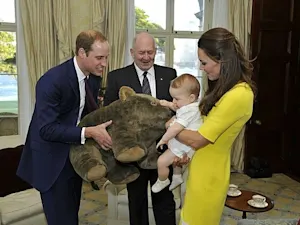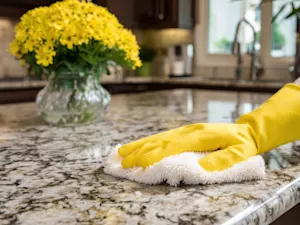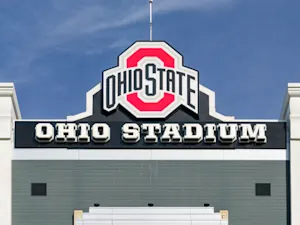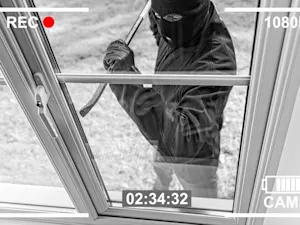
Easter on a Budget: Dyeing Potatoes Instead of Eggs
When eggs are as pricey as steak, what's a thrifty Easter Bunny to do? Across the U.S., frustrated families are skipping the egg aisle and turning to a cheaper — and surprisingly charming — alternative: dyeing potatoes. Social media is fueling the trend, grocery store shelves are reinforcing it, and many Americans are realizing that maybe, just maybe, Easter doesn't have to revolve around eggs after all.
Why Eggs Are Getting the Cold Shoulder
Eggs have traditionally been a staple of Easter celebrations. But this year, their high price and inconsistent availability have led over 30% of Americans to stop buying them entirely, according to a Clarify Capital study.
In parts of the country, eggs are so scarce that some grocery stores are limiting purchases to one carton per customer. Michigan-based food blogger Lexi Harrison said she often finds egg shelves empty — more than half the time she shops, according to The New York Post.
That scarcity is pushing consumers to get creative. And creative they are.
Potatoes, Marshmallows — and a Little DIY Spirit
Instead of tossing dye tablets into bowls of vinegar and dropping in eggs, TikTok® users are now dipping small potatoes, jumbo marshmallows, and even onions into colorful mixtures. Potatoes, in particular, are proving popular thanks to their affordability and durability — they're less fragile, more accessible, and can still carry all the festive flair of a brightly dyed egg.
The trend gained momentum after content creators began sharing their food-coloring hacks online, with one video featuring oversized marshmallows racking up major views for its budget-friendly Easter hack. Viewers were quick to respond, noting that the dyed items were more likely to be eaten — unlike traditional Easter eggs, which often go to waste after the hunt.
Traditions Get a Modern Twist
Even large-scale public events are adjusting. Young's Jersey Dairy in Yellow Springs, Ohio, typically buys about 10,000 eggs for its annual hunt, spending around $3,000 in the process. But this year, for the first time in the event's 40-year history, the farm opted for plastic eggs filled with ride coupons instead.
The decision wasn't just about money — it was also about ethics and inventory. The Young family worried that sourcing thousands of eggs would place an unnecessary strain on local suppliers. They're also donating what they would have spent on eggs to local food banks, shifting their focus from tradition to community impact.
Is the Potato Trend Here to Stay?
Whether dyeing potatoes is a one-time stunt or the start of a new Easter tradition is anyone's guess. But the trend is clearly resonating. For many families, it offers a way to participate in the holiday without the financial pinch — or the grocery store stress.
The alternatives aren't just about saving money. They're also simpler for younger kids, less messy, and in many cases, tastier. Marshmallows and potatoes are more likely to be eaten than discarded, which could make this swap an unexpectedly eco-conscious move as well.
Of course, not everyone is ready to give up their Easter eggs. For some, the nostalgia runs deep. But for others, 2025 might mark the start of a new kind of holiday celebration — one where innovation beats inflation, and a little dye can go a long way.
A Snapshot of American Adaptability
At its core, this trend is less about potatoes and more about people. When tradition runs headlong into economic reality, Americans tend to pivot. And while potatoes may not carry the same symbolic weight as eggs, they're proving to be a surprisingly joyful substitute.
Whether you're tossing plastic eggs in the yard, coloring marshmallows at the kitchen table, or dunking Yukon Golds in neon dye, this Easter is about making do — and making memories. And if that means rethinking what belongs in the Easter basket, so be it.
References: Easter Eggs Are So Expensive Americans Are Dyeing Potatoes | Americans Shun Easter Eggs as Prices Skyrocket — So They're Dyeing These Foods Instead
























